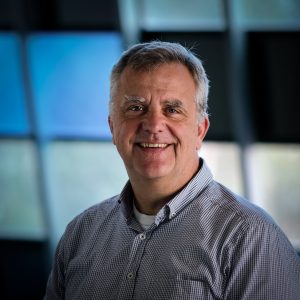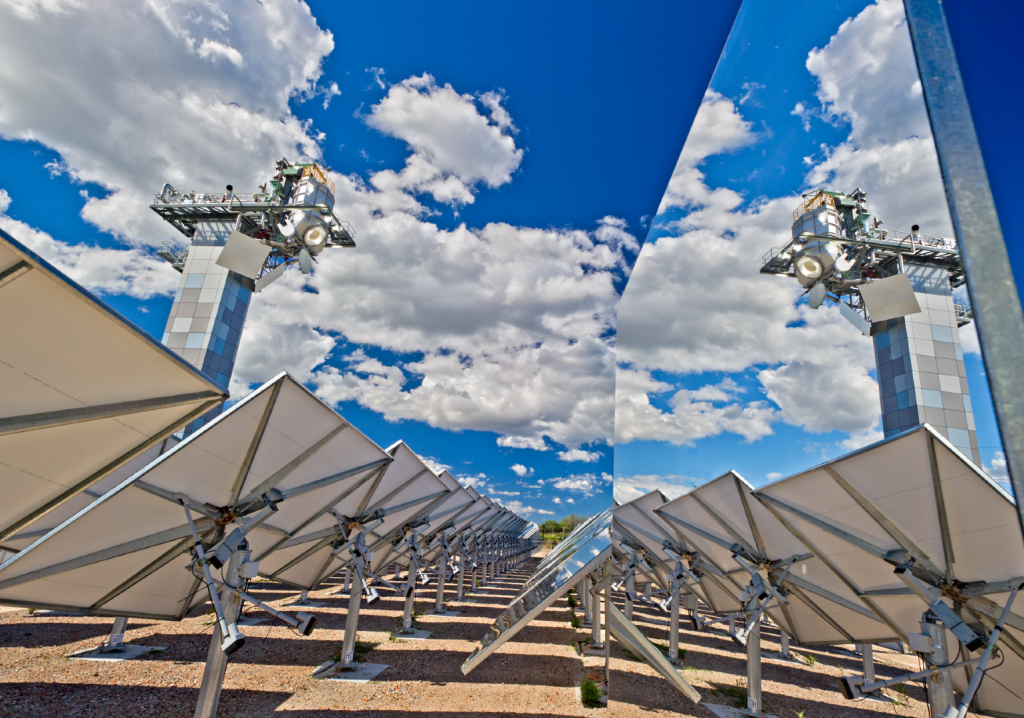The aerospace engineer tasked with leading CSIRO research into a sustainable future wants Australia to understand the scale of the challenge.
Since German-born aerospace engineer Dr Dietmar Tourbier took on the Director of Energy position at the CSIRO this past May, one of his key aims has been to communicate the scale of the energy transformation that Australia must embrace in the years ahead.
To reach the goal of net zero carbon emissions will mean taking the nation’s current energy mix and converting it almost entirely to electricity, he said.

“And all of that electric energy needs to be generated with renewables,” Tourbier told create.
Just 7.5 per cent of the nation’s energy today comes from renewable electricity.
“For us to make that transformation, we need to have a lot more renewable electricity than what is in the current system.”
Australia also needs to think about total energy use. Electricity, Tourbier said, is just one form of energy.
“In 2022, we had 1145 TW hours … of domestic energy consumption and only 243 of that was electric,” he explained.
“When we talk about the energy transformation, we talk about all of that energy, not just electricity.”
But he sees huge potential for renewables in Australia.
“Australia has the most opportunity out of every place in the world for renewable energy.”
Needing space
While today he is charged with helping Australia grasp that opportunity, that is what Tourbier refers to as his “second career”.
Hailing from the 2000-year-old German city of Trier, he spent most of his professional life in Europe and North America.
Career number one started out with dreams of becoming an astronaut. But while developing a space suit at a company named Allied Signal he realised he was claustrophobic.
“I could not actually become an astronaut,” he said. “I could not stand to be in a vacuum chamber for that long; no way could you put me into an Apollo capsule for three days on the way to the moon.”
Instead, he turned his attention to photovoltaic cells, and with aerospace off the table, he devoted himself to renewable energy.
Now working at General Electric (GE) in the US, he began exploring fuel cells.
“I was asked to lead the future development for GE, around [the year] 2000,” he said. “That fuel cell stack back in the late 90s and early 2000s already had an energy density close to what you find today in a Toyota hydrogen car.”
Australia-bound
By 2018, following a stint back in Germany as Regional Technology Leader for Europe, Tourbier was looking for a change. With a son born in Melbourne, Tourbier and his wife already had a connection to Australia, and he found himself interviewing for a position as head of ASTRI – the Australian Solar Thermal Research Institute, part of CSIRO. He was sceptical at first.
“GE had sunk a lot of money into solar thermal and it didn’t provide a good return on that investment, but what CSIRO had developed was unique,” he said.
ASTRI was working with liquid sodium and inexpensive ceramic particles that could be heated above 1000 °C using solar energy.
“That technology has very strong potential, especially for processing heat, which is a large amount of the energy that’s used in Australia.”
He was successful and again found himself ascending the ladder until he once again found himself heading up a large research team.
Influencing energy policy
When it comes to Australia’s energy challenge, Tourbier says “we don’t have a lot of time”.
And because of that, the nation cannot focus its attention on one technology.
“The scale is so large that we need everything we can to throw at the problem,” he said. “We need to make sure that when we look at what is required to make this transition, that we don’t fall into the trap of picking a single winner and saying ‘we’re going to do it all with PV’.”
Supply chain constraints, for instance, are already an issue.
“A company recently told me that they were looking at a 50 MW electrolyser because they want to move over to green ammonia … and the minimum waiting time for that electrolyser is six years.”
CSIRO’s role, then, is to find solutions that are available to the market – anything that can help the country reach its net-zero emissions goal.
“In the energy business unit, we divided this into three specific problems,” Tourbier said. “The first one is electricity transition: how do we make sure that we’re building up our electricity grid to have a lot more electricity going through it?”
The second problem is helping Australia’s industry to decarbonise.
“A lot of that is heat; a lot of that is fuels,” he said. “Not only for transport, but also fuels for heating, fuels for steelmaking or iron ore reduction.
“How do we replace that either with electric heating or with synthetic fuels or clean fuels like hydrogen?”
Finally, CSIRO also focuses on driving community engagement.
“This transition is going to impact everybody. Every single person is going to be affected by this transition,” Tourbier said. “We need to make sure that we bring the community along for this transition, and that often gets forgotten.”
That’s why his key aim is clear communication with all Australians.
“If we cannot convince the end user to make that transition to clean energy, then we’re going to fail.”
